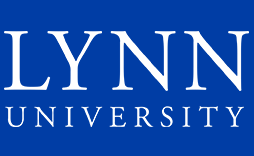Comparison of Planarian Regeneration Rates Between Heads and Tails
Document Type
Poster Presentation
Publication Date
3-26-2019
Abstract
Planarian Dugesia flatworms are efficient at regeneration. They have neoblast stem cells located throughout their body to regenerate small damaged tissue to more complex body structures. Planarian Dugesia flatworms can even regenerate a missing head or tail. Their anatomy is made up of several structures such as a pharynx, located in the middle on the ventral side of the body, that acts as both mouth and anus. Their head has two pairs of organs, ocelli and auricles, which are used for sensation. When it comes to the Planarian Dugesia flatworms, their most complex organs mostly reside in their heads, aside from pharynx and a portion of their nerve system. This raises the question whether heads and tails have different regeneration times. So an experiment tested to see if them was a difference in regeneration time. The results of the experiment showed that regeneration time for most the segments were nearly in sync, aside from two outliners. The amputated segments regrew the lost portions around the eighth day, but whether the limbs were fully functional varied. Tails were completely regrown and just needed to darken in pigment. On the other hand, a portion of the headless worms were not responding to light on the seventh day. By the tenth day all heads but one were completely functional.
Publisher
Lynn University
Conference/Symposium
Lynn University Student Research Symposium
Contest
Poster Presentation
City/State
Boca Raton, FL
Department
College of Arts and Sciences
Recommended Citation
Velez, A., Merkel, E., & Korte, C. S. (2019, March 26). Comparison of planarian regeneration rates between heads and tails [Poster presentation]. College of Arts and Sciences Student Symposium, Lynn University, Boca Raton, FL, United States.



Comments
Poster presentation given at the Arts and Sciences Student Symposium at Lynn University in Boca Raton, FL.